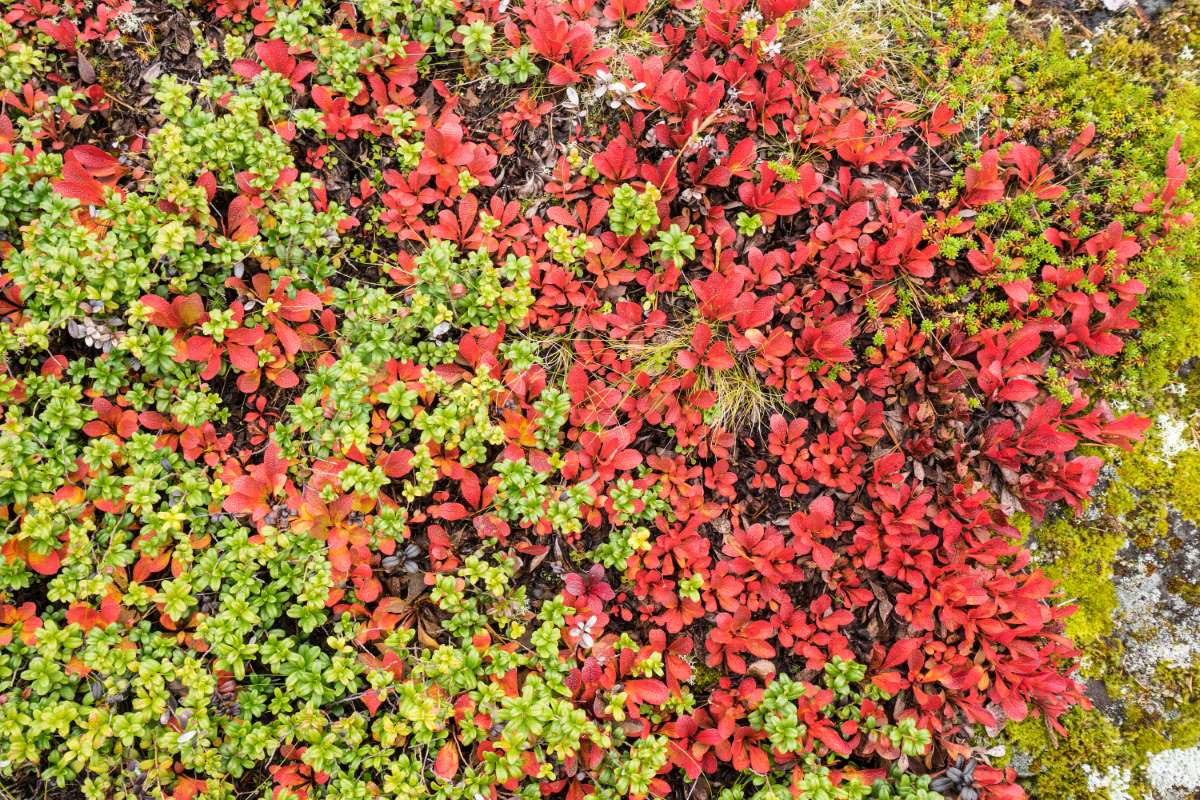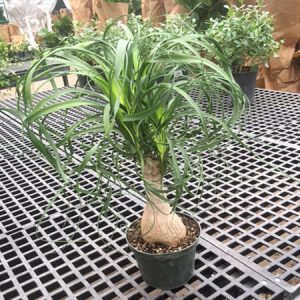Description
Arctostaphylos – Comarostaphylis – Bearberry – Manzanita
There are around 50 species of prostrate or upright shrubs or small trees that are all evergreen except for one species, in this genus. They occur mainly from Western North America, mainly in California, or Mexico. Native to a range of habitats like moist or dry areas from coastal scrub to mountain slopes, pine forest, and high boggy land. Mostly have very ornamental bark, purple, red, or orange that’s peels in thin shreds or flakes. From woody stems they carry alternate, simple un-toothed or un-lobed or toothed leathery leaves. They bear small terminal panicles or racemes of tiny, white or pink, bell or urn shaped flowers 1/8-1/4” long followed by spherical fruits ¼-1/2” wide.
Fruits of some species have been used for juicing and also to make flour. Their tough plants that can survive brush fires. Arctostaphylos uva-usi leaves are used for tanning, and in Russia as a tea, in the U.K. it has been used as a urinary antiseptic since the thirteenth century. Some are good as groundcovers, in rock gardens, or in open areas of a woodland garden.
When grown indoors grow in acidic, lime free potting mix in full light. During growing season water freely and apply a balanced liquid fertilizer monthly, and more sparingly in winter.
When grown outdoors grow in moist but well drained moderately fertile, acidic soil in full sun or partial shade. Shelter less hardy species from the wind.
Prone to Exobasidium bud, leaf galls, and variety of other fungal diseases on leaves, stems, and fruit.
Arctostaphylos alpina – Arctous alpinus – Black Bearberry – Alpine Bearberry – This is the sole species in this genus that’s deciduous and it is a dwarf, occurring from mountain boggy land in the Northern circumpolar regions of Europe, Asia, and North America it grows 2-6” high and creeps to 8” or more wide. It produces bright green egg to inversely lance shaped, deeply veined, finely serrated white woolly leaves ½-1 ¼” long. In late spring bears axillary’s racemes ½-3/4” long of pendent pink flushed white flowers which are followed in autumn by spherical red then ripening to black fruit. Leaves turn red in autumn.
Zones 1-8





